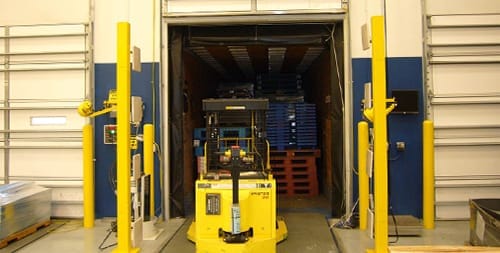The basic RFID system consists of three parts: RFID electronic tag, RFID reader and RFID antenna. As an important part of the system, the read and write distance of the RFID reader is related to the performance of the reader, the antenna, and the label, and is also affected by environmental factors.
1. Reader
The transmit power of the RFID reader affects the read and write distance, and the greater the transmit power of the reader, the read and write distance will also increase.
2. Antenna
RFID reader antenna gain and beamwidth affect the read and write distance and range, the larger the antenna gain and the smaller the beamwidth, the farther the read and write distance, the narrower the range (the better the read range control).
3. Labels
RDID tags are divided into active RFID tags and passive RFID tags according to the power supply status.
Active RFID tags: with their own battery power, read and write distance is far, while the volume is larger, and the cost is higher than that of passive RFID tags.
Passive RFID tags: Passive RFID tags have no battery, low cost, and long service life, and the read and write distance is close.
The size of the RFID tag also has an impact on the read and write distance, in theory, the larger the size of the RFID tag, the further the distance can be read.
4. Environment
The environment mainly refers to whether there are obstacles (metal, liquid, etc.) between the RFID reader antenna and the tag, and whether there are electromagnetic interference with close frequencies in the environment. The signals of RFID tags can penetrate non-metallic or non-transparent materials such as paper, wood and plastic, and can be identified through penetration. However, metals and liquids can have an impact on electromagnetic waves, affecting the read and write distance. RFID electronic tags can not pass through metal, if the tag is blocked by metal, it will affect the read and write distance, or even can not be read. At the same time, RFID electronic tags are also difficult to penetrate the water, if it is blocked by water, the read and write distance will also be limited. In this case, anti-metal and anti-liquid labels are required.

